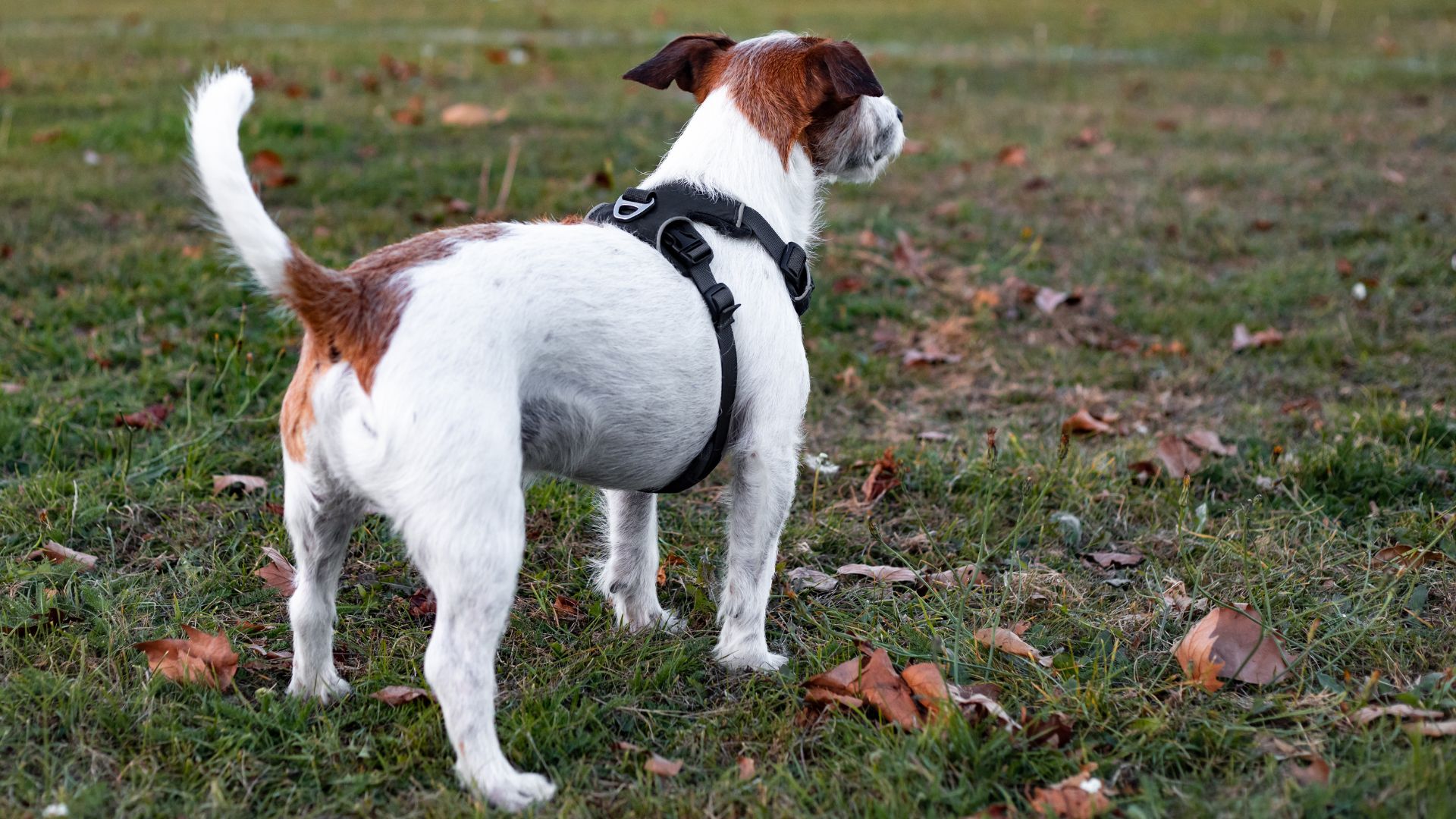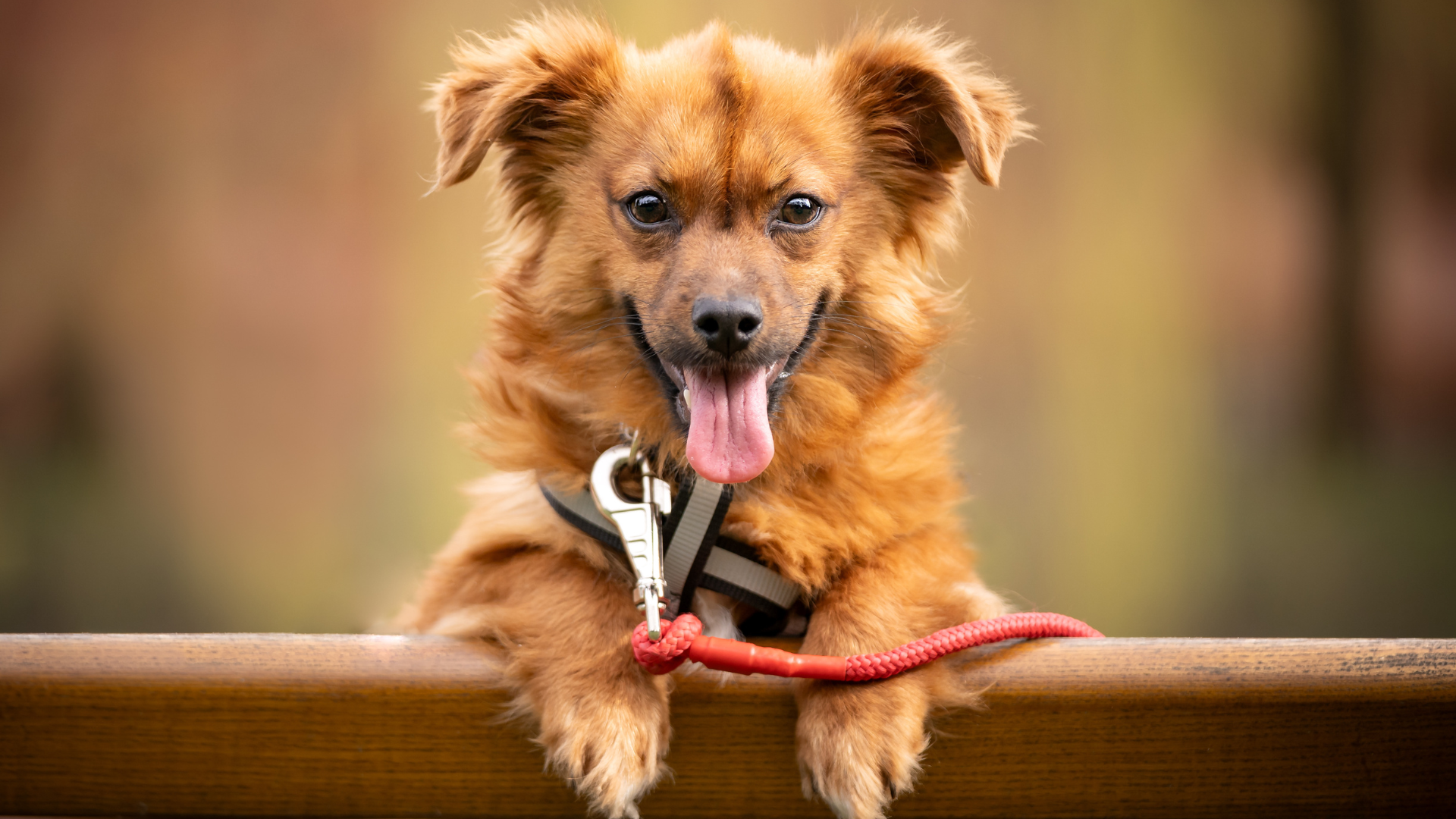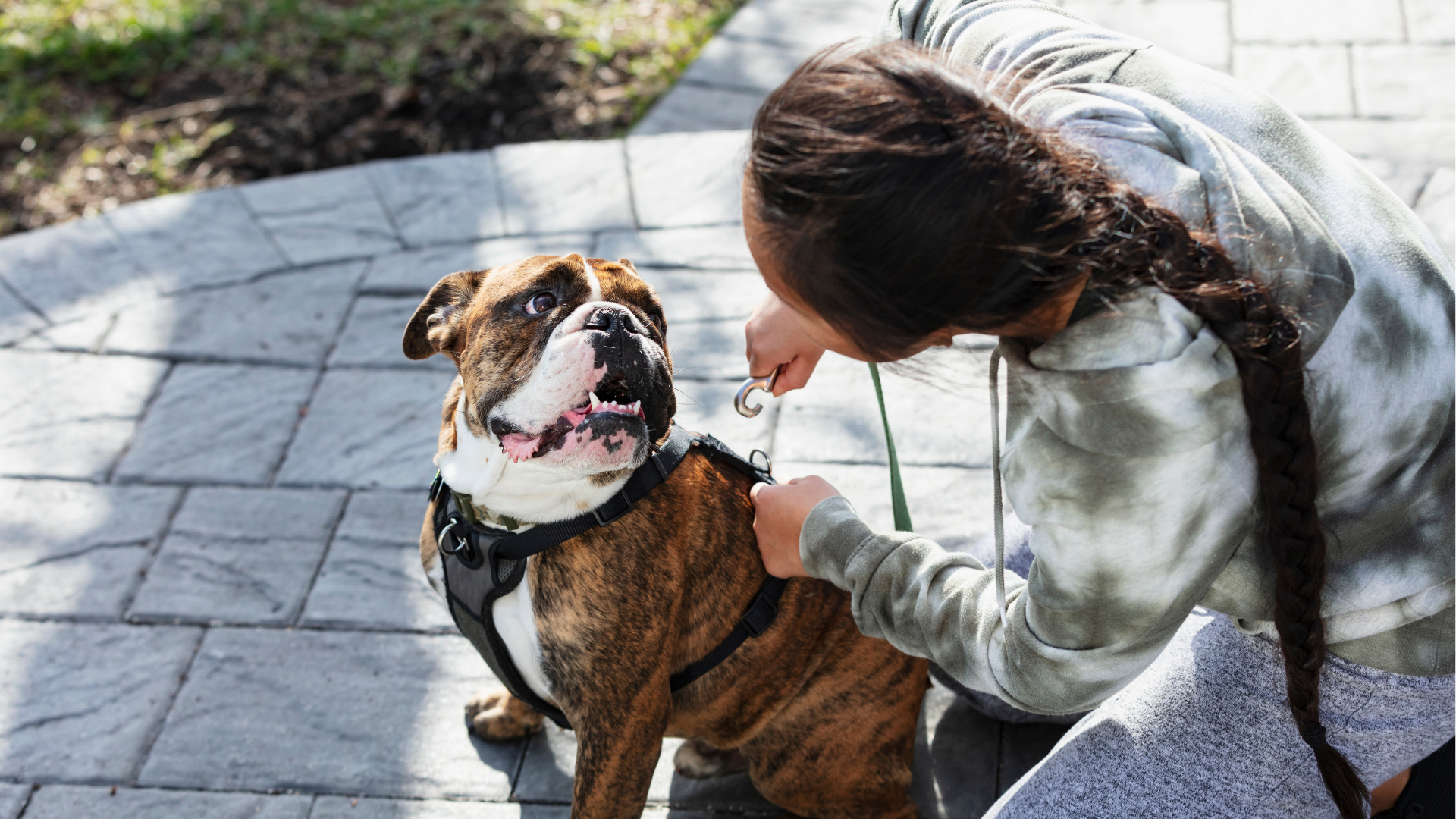
If you can't decide between a front-clip vs back-clip harness, this guide is here to help you. Sharing outings with a dog that walks nicely on a leash is a joyful experience. Still, for many dog owners, the reality is an eager woofer, pulling and straining on the leash. If that's you, don't worry. This feature will help you decide on a harness to manage the pulling.
Choosing the best dog harness can be tricky when you're not sure which will work for your pup. Training a dog to walk next to you should be relatively easy, yet many pet parents struggle with this issue.
For your furry friend, your daily walks are the thrilling highlight of their life. The challenge is that when you enter the outside world, your dog experiences such a concoction of delicious smells and visual delights that he temporarily forgets you're on the end of the leash.
Once you commit to a training plan, perhaps working with a dog behaviorist like myself, the first step is managing your pup's behavior by choosing a suitable collar or harness.
This feature will help you understand the differences between a front-clip vs a back-clip harness so you can choose the one most suitable for your fluffy friend.
What is a front-clip harness?
A front-clip harness has a D-ring buckle for leash attachment which is low at the front of the dog's chest. When your pup pulls, they will pivot towards you.
This design discourages an opposition reflex, meaning a dog pulls against pressure, like sled dogs in traditional harnesses. It slightly unbalances your dog in a kind, gentle way.
Front-clip harnesses are suitable for most dogs, but particularly larger breeds. To learn which harness is best for your pup, check out our feature for different types of dog harnesses.

Pros of a front-clip harness
Front-clip harnesses (often called no-pull harnesses) are beneficial for managing energetic dogs with impulsive pulling behavior.
These harnesses give you considerable control but do not cause neck injuries, choking, coughing, or discomfort.
If you have a reactive pup that lunges at other dogs, a front-clip harness helps deter that behavior.
Front-clip harnesses are ideal for managing bigger dogs. From a safety perspective, a front-clip harness can help prevent you from getting pulled over by your dog.
Cons of a front-clip harness
Front-clip harnesses are not a magic solution to pulling. Only good training can address long-term pulling issues. There are a few disadvantages, and not everyone likes using them.
Front-clip harnesses can be tricky to put on and remove from a wriggling dog. The leash can tangle around your dog's front legs, which could be problematic for nervous, sensitive dogs.
Fitting one gets easier once you've used a front-clip harness a few times, but some owners prefer alternative harnesses.
Some front-clip harnesses are poorly designed and can be an uncomfortable fit for your dog. Always choose a front-clip harness with good reviews or one your trainer, behaviorist or vet recommended.
What is a back-clip harness?
A back-clip harness has the D-ring stitched at the back, above the dog's shoulders. It is the harness I see most dog owners using.
Most back-clip harnesses have a fixed action, and others may have straps from the chest to under the front legs that tighten when your dog pulls.

Pros of a back-clip harness
A back-clip harness is easier to put on a dog than a front-clip harness. You are less likely to get the leash tangled in your pup's legs.
A well-fitted back-clip harness is comfortable for a dog, particularly for small breeds or those with narrow necks, like whippets. When your pup pulls, he does not experience pain or discomfort unless it's a poorly fitted harness. If you're feeling unsure, we have a whole guide on how to put a dog harness on.
Cons of a back-clip harness
The back-clip harness has one major disadvantage; it is not an ideal solution for a dog pulling on a leash.
Dogs have an opposition reflex, meaning they lean into a harness when they feel pressure on their chest. For instance, think of sled dogs and the popular sport of canicross, where dogs pull into their harnesses.
If you have an excitable dog that pulls on a leash, a back-clip harness is unlikely to address the issue. Back-clip harnesses are better for dogs that do not pull, small dogs, and those with small necks and sensitive skin.
Getting the correct fit is essential with a back-clip harness, so consult with your trainer or vet for guidance. You will find helpful tips in our feature about how to use a harness on a dog.
You may notice your dog hides when you get his harness off the peg. If your pup dislikes his harness, read our feature on why your dog hates their harness.
With careful management and help from a trainer or dog behaviorist, you can use a front-clip or back-clip harness to manage leash walking, rather than relying on a harness as a permanent solution to pulling.







